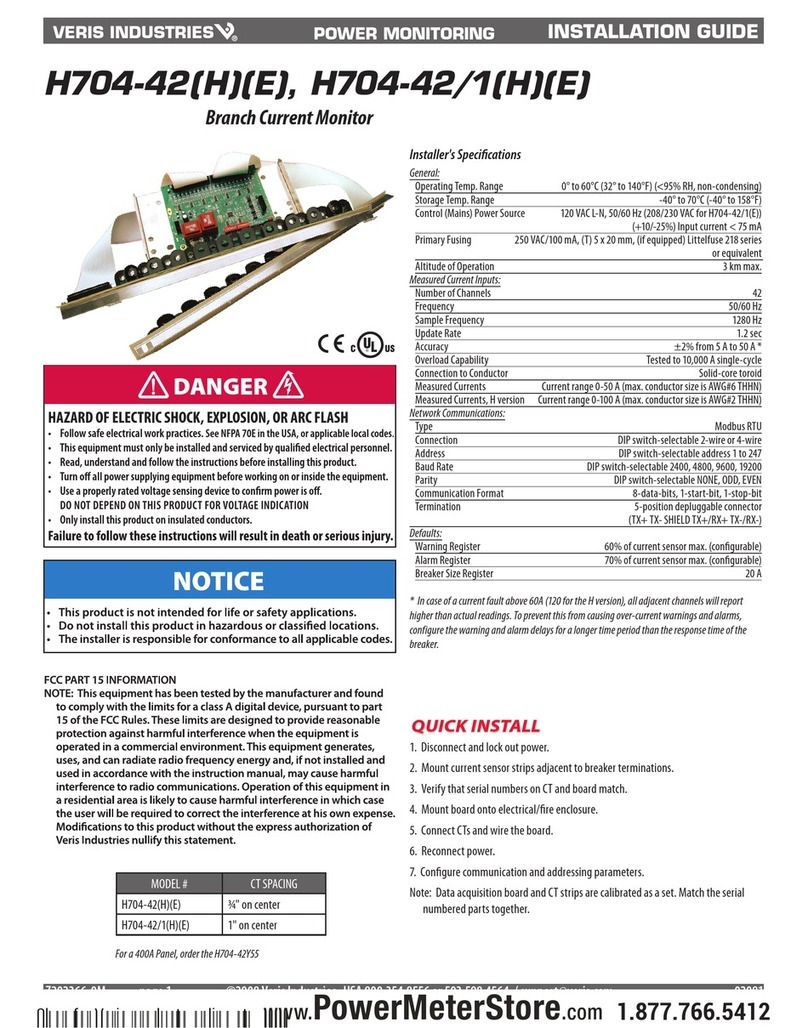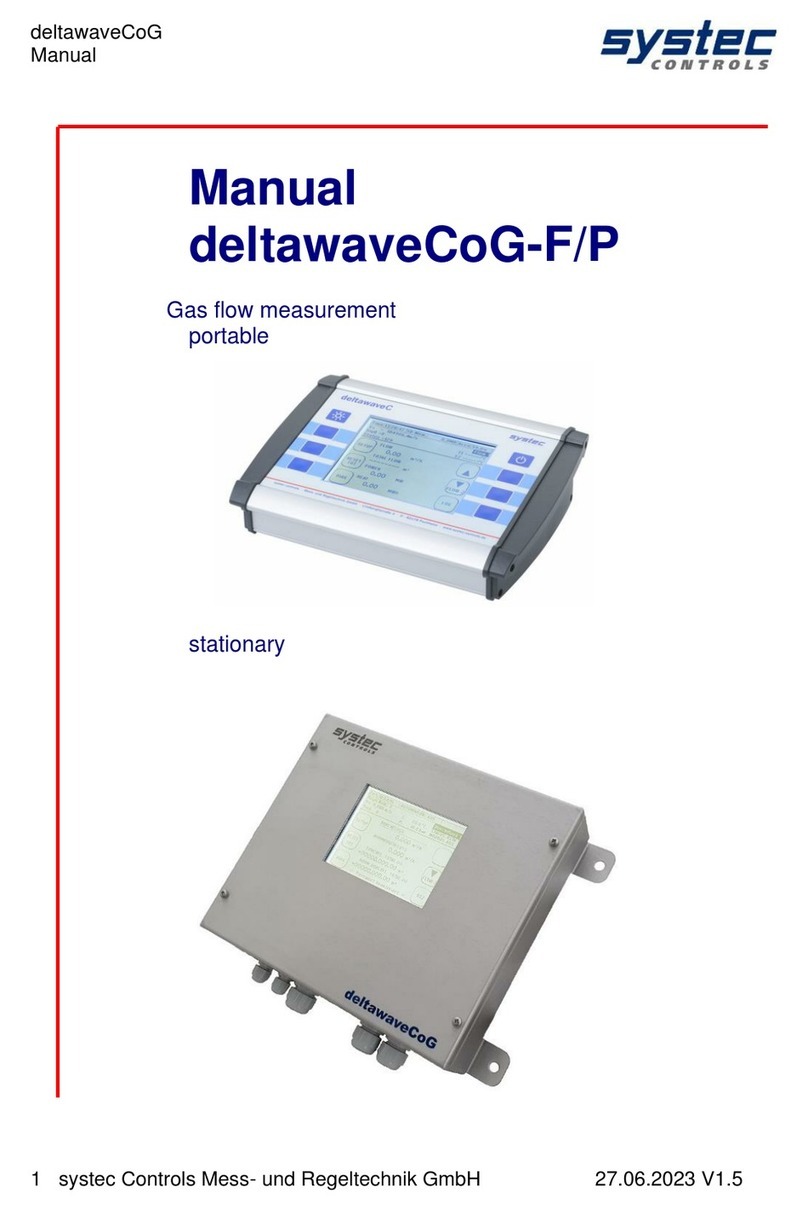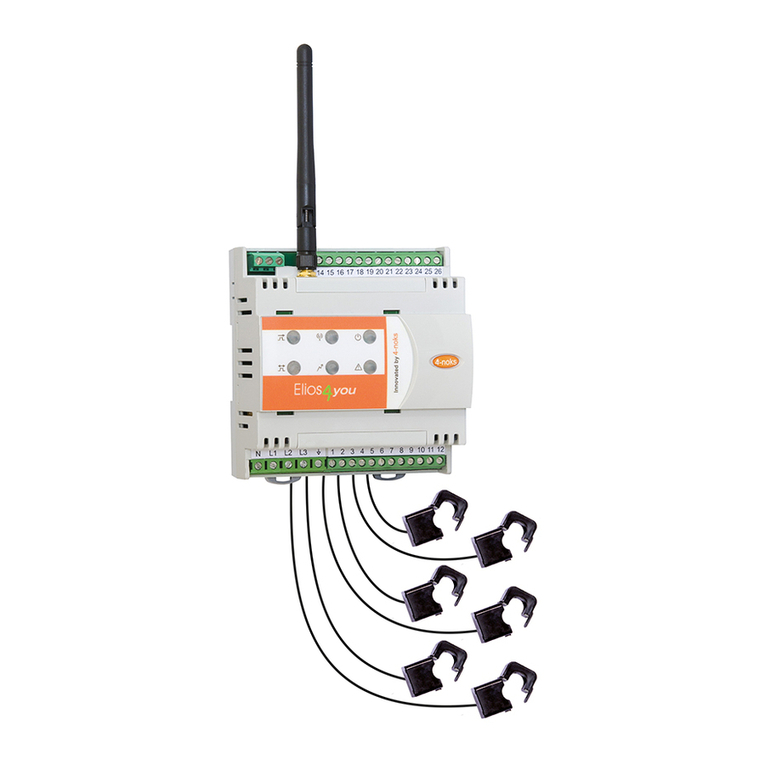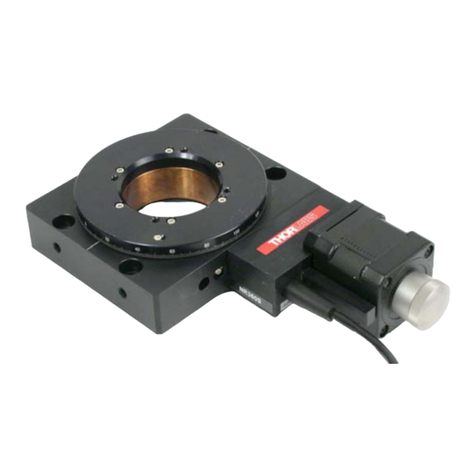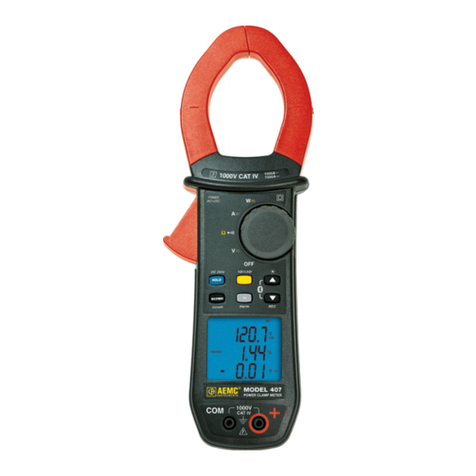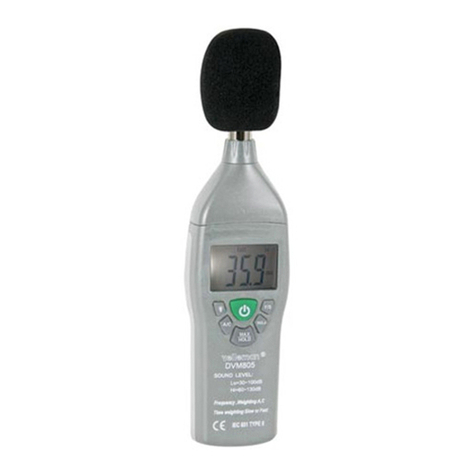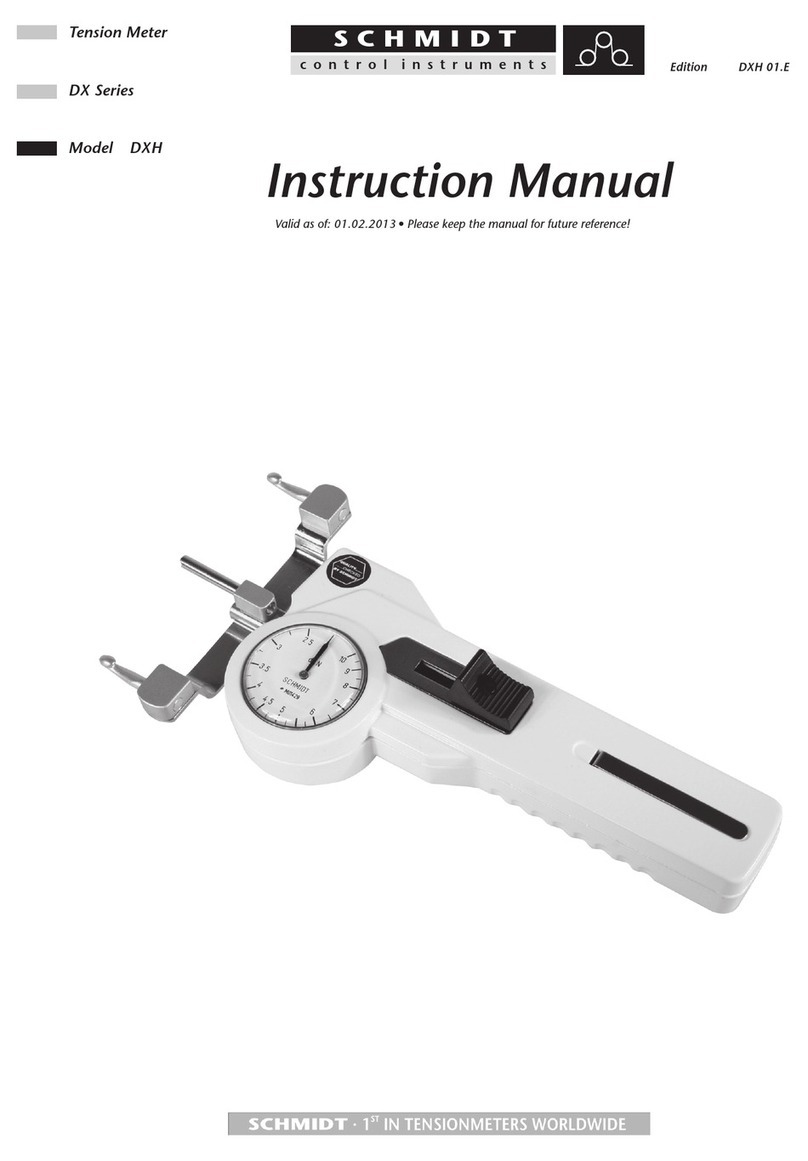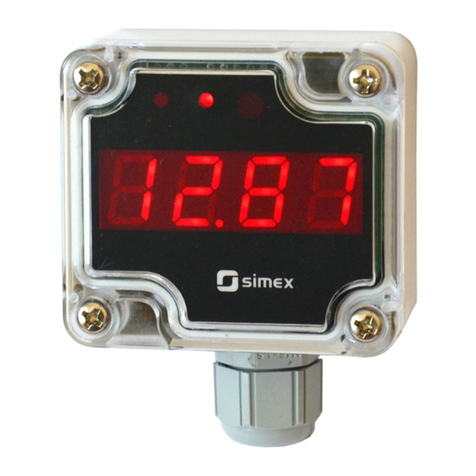Trace2O ARSENOMETER HMAS100 User manual



















Table of contents
Other Trace2O Measuring Instrument manuals
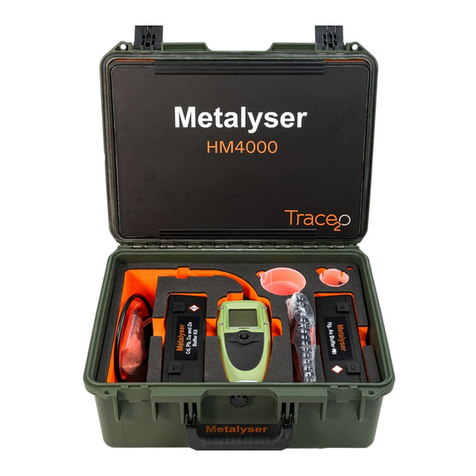
Trace2O
Trace2O METALYSER HM4000 User manual

Trace2O
Trace2O HT1000 User manual

Trace2O
Trace2O METALYSER DELUXE HM2000 User manual
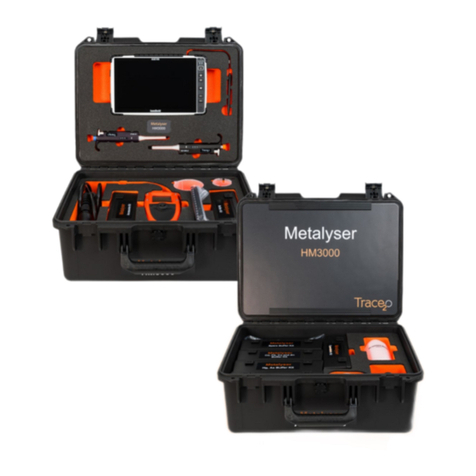
Trace2O
Trace2O METALYSER FIELD PRO HM3000 User manual

Trace2O
Trace2O METALYSER DELUXE HM2000 User manual
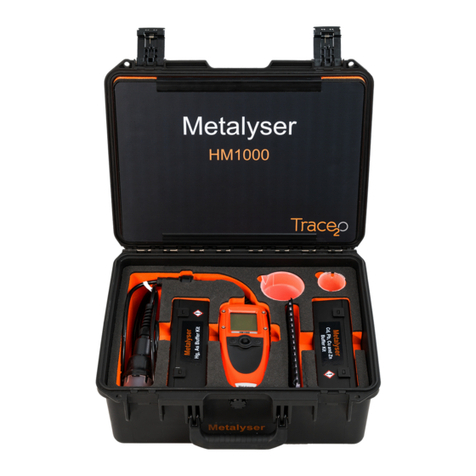
Trace2O
Trace2O METALYSER HM1000 User manual

Trace2O
Trace2O Metalyser HM5000 User manual
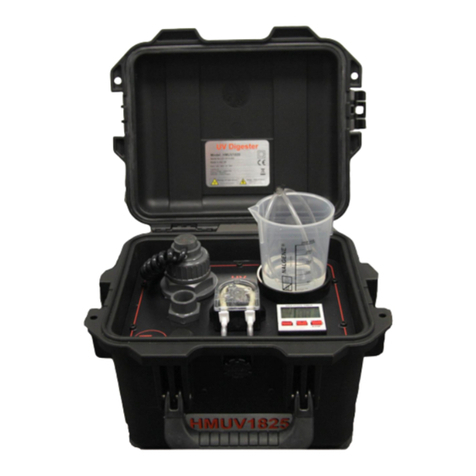
Trace2O
Trace2O HMUV1825P User manual
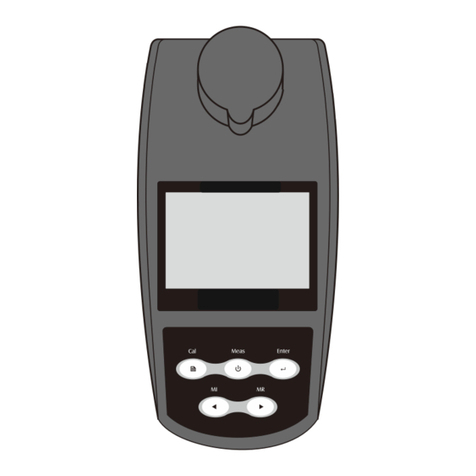
Trace2O
Trace2O HydroTest HTTURB User manual
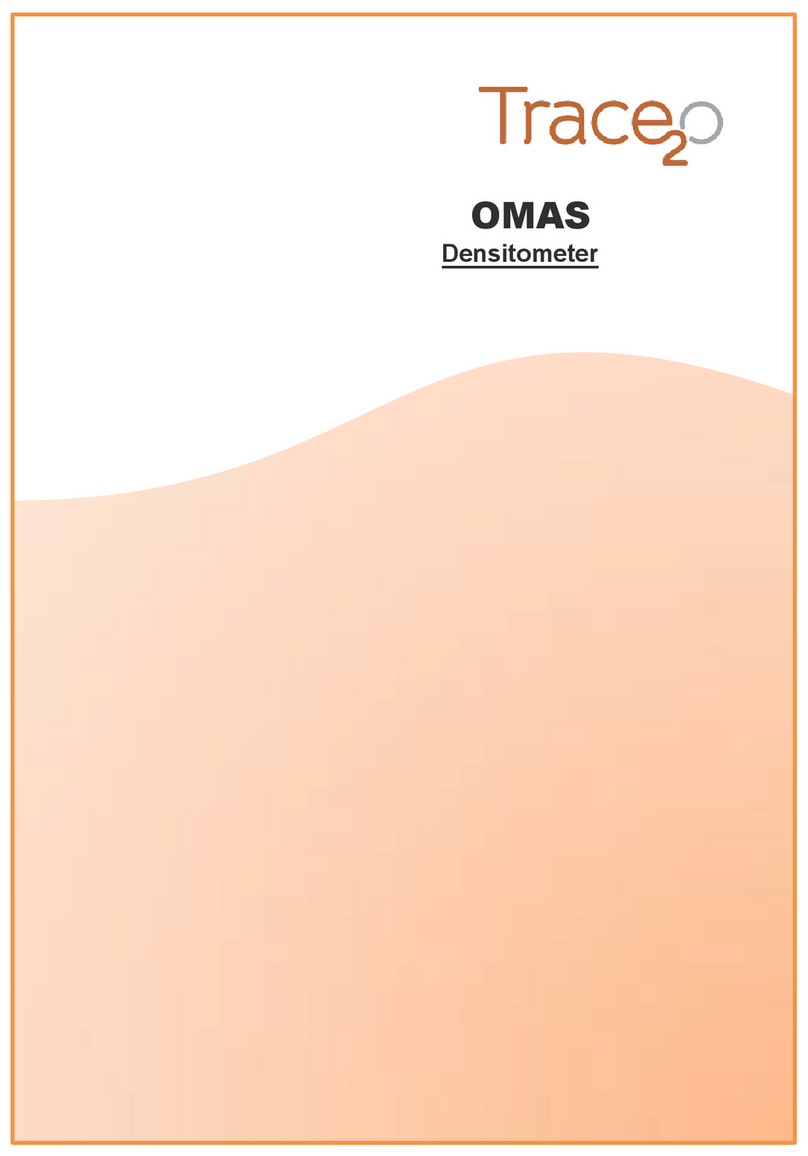
Trace2O
Trace2O OMAS User manual
Popular Measuring Instrument manuals by other brands

Gigahertz
Gigahertz NFA 1000 operating manual

Endress+Hauser
Endress+Hauser Proline t-mass I 500 technical information
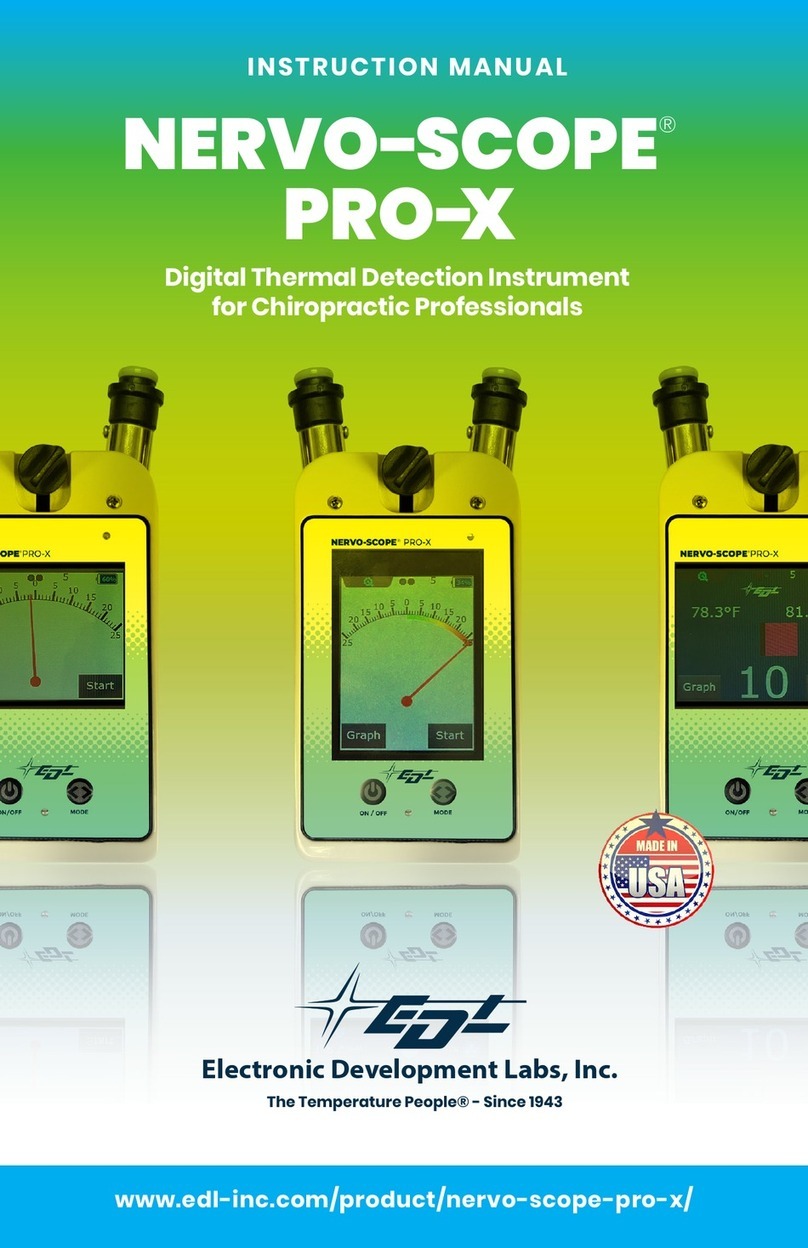
EDL
EDL NERVO-SCOPE PRO-X instruction manual

Geometrics
Geometrics GemPen user manual
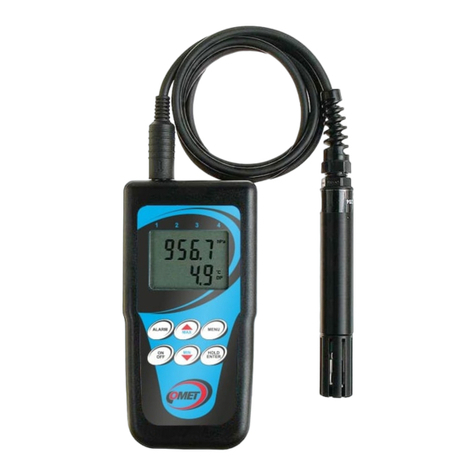
Comet
Comet Commeter C3121 instruction manual
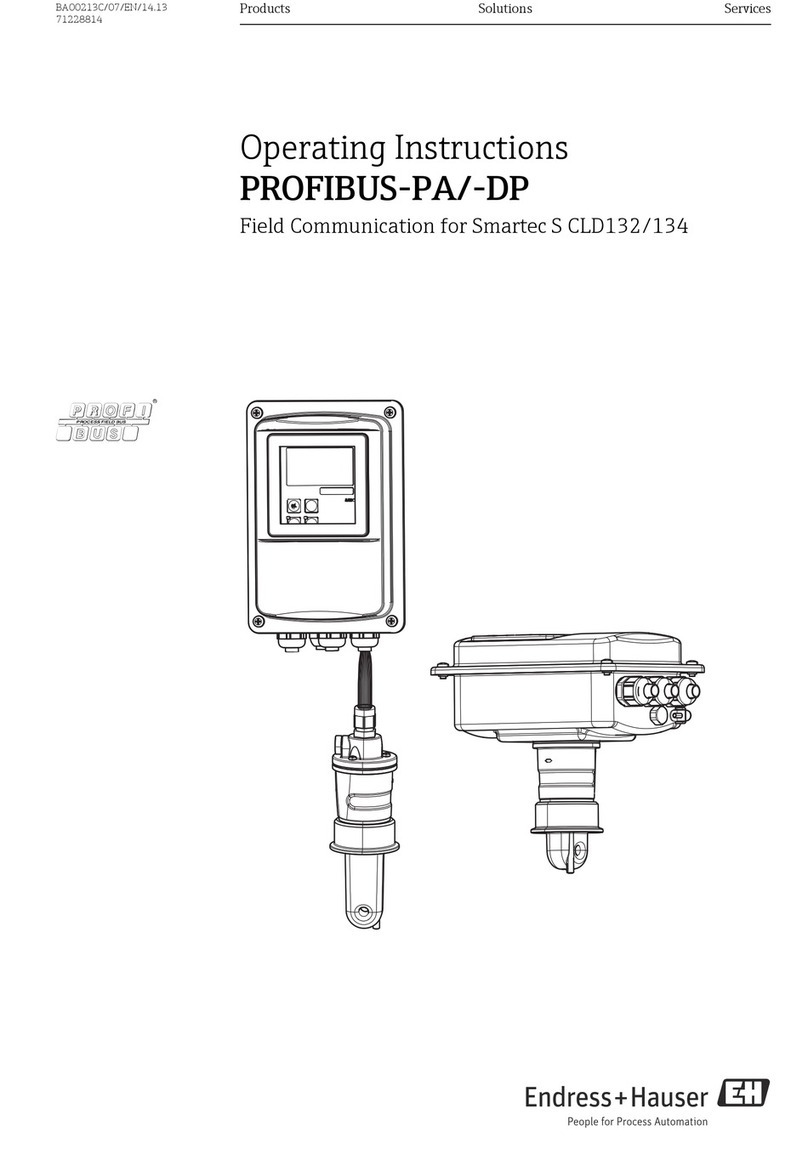
Endress+Hauser
Endress+Hauser Smartec S CLD132 operating instructions

